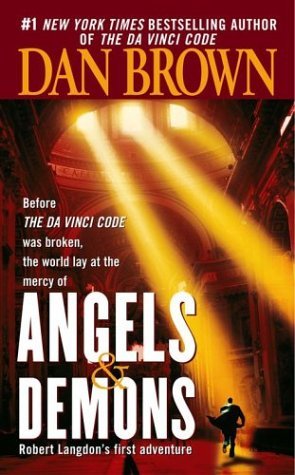
There are always mysteries about life that continuously beg answers to human understanding. We never could reach the most rational explanation of what is life after death. Questions concerning the concept of heaven and hell, God and the devils and all the possible eternal pictures that our mind can conceive always bring us to mystery. Even so, we would even ask who the first people are to meet us in paradise. Very odd to realize: our personal beliefs would rather supplement their explanation.
Through his surrealistic imagination, Mitch Albom came out with another heart-jerking story that will probably rouse each reader’s inner being. Entitled as “The Five People You Meet in Heaven,” it provides a deemed description of what it is to be in heaven and how people are faced with it. Unlike any other novels, it begins the story with the ending—telling that from that point starts a new journey. The author unravels the plot very intricately in a way readers would get wired right up to the last pages of the novel.
The story begins with Eddie spending his last few minutes on earth, reminiscing of his sweetest moments. His birthdays have always been the highlight of his life. All of a sudden, while he was watching what was happening in “Ruby Pier,” the amusement park which he had been working in, an accident happened involving a little girl. The place was put into intense suspense. Oblivious of his remaining time, he tried to help the girl and suddenly fell out of consciousness.
Eddie woke up and saw an almost earth-like paradise. The place was in ambiguous resemblance of the world’s setting. Out of nowhere, a person named Blueman faced with him and informed about meeting of five people. Including Blueman, each of them would teach him lessons that he needed to understand every happening which affected his life on Earth.
As the conversation went on, Eddie learned that the Blueman was the one who he and his family had attended the burial of way back in his childhood days. Such scene has a thrilling twist and appalling revelation about how the man died because of him. Two angles of the story were unfolded and a conclusion was drawn—each affects the other and the other affects the next and the world is full of stories, but the stories are all one.
All the people whom Eddie met were related to him. The next person he faced taught him about the essence of sacrifice. Through him, he learned to consider the things he possessed: when to keep and let go of them. After which, he still could not totally engulfed himself in the situation.
The third person introduced herself as Ruby. She informed Eddie that the amusement park with which he had worked in was named after her. The talk took him a little patience to know their relation. Her story was mainly involved in his work place but centered on how his father treated him. The moral lesson was: he must learn to forgive his father no matter what he did that hurt him.
“Love does not have an end,” this was the fourth lesson Eddie learned from the next person—his wife. His wife whom she has loved so much explained to him that her death did not end their bond. She further told him that when people die, love takes a different form: lost love is still love. With this thought, he must value his feelings forever.
The fifth person Eddie met made him realize his worth as a human. She revealed him his heroic deed before dying. With that, he was elated because he had saved the girl in the amusement park.
This very radically presented novel could not just offer entertainment means but rather could feed reader’s imagination with a thrilling concept and ideas about what heaven would possibly be. The author was able to sew the events smoothly from drawing of flashbacks to relating them with the other scenes. His characters’ dialogue even imbued essential values which are of help to humanity. The influence of this novel would go beyond generations and would keep retelling us about the beauty of life. What is interesting about our life is the chance to mold our own destiny.
by Ronald Cena

